Restaurant columnists and culinary faddists, who are the former’s rightful prey, love novelty. They are fickle by nature. We were nonetheless profoundly annoyed when, at some point in the 2000s, a certain type of narcissistic chef and their unquestioning fans began to sneer at the idea of “fine dining” and use “white tablecloth” as a term of opprobrium to denote fusty, passé restaurants. That nonsensical slur is still used, at times. A recent restaurant review in the Sunday Times conflated tablecloths in a restaurant with the phrase “too grown-up” (as if there could be such a thing).
The “industrial” look is meant to
convey, somehow, lack of pretence
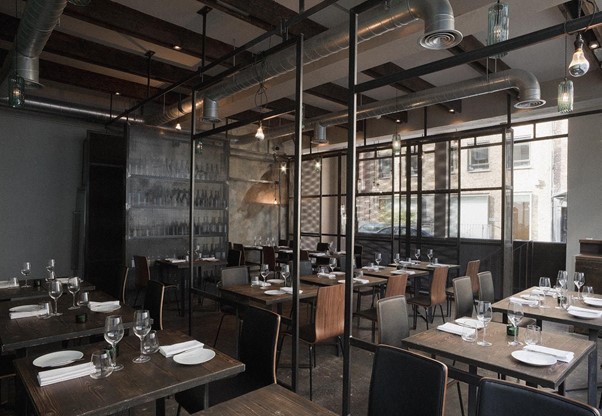
Decades ago, there was arguably some historical justification for irony, however frivolous. During the long, dark night of England’s post-war decline, when London’s dining scene was globally infamous, there were establishments that made a show of ceremony in a futile attempt to disguise the bankruptcy of their core product: the food. Spiritless and frayed around the edges, some faded grand dames endured far too long. The brash young fellows bringing culinary verve and artistry back to the Capital did not want to be associated with such dinosaurs.
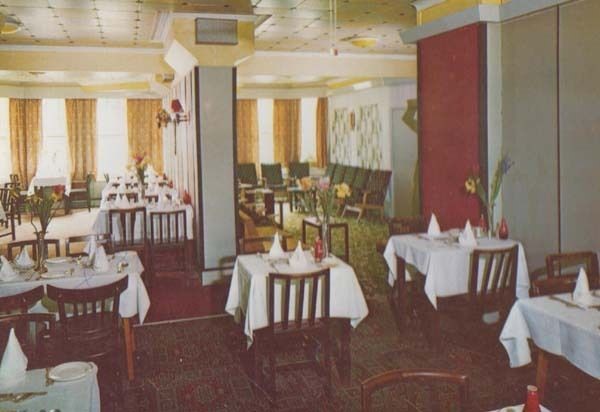
No restauranteur, so far, wants to be associated with tired 1970s tropes
By the late 1990s, however, as the material results of economic reform began to be reflected by cultural expression, the best London restaurants did not fear comparison with established culinary centres. So, the condescension, indeed hostility, towards the idea of quality food being served courteously and in elegant surrounding seemed something more insidious than just a cheap shot at one’s predecessors. Rather, it spoke of a pervasive cultural infatuation with banal notions of ‘authenticity’ and ‘relevance’.
The solipsistic conceit could be stated as: “my food is so damn delicious, surprising and different, that you’ll gladly scarf it off a clunky piece of slate, on a clattering, greasy tabletop, surrounded by the harsh din of braying punters and served by waitstaff too self-absorbed and matey by half.” It was, of course, a giant faux pas. Most of the novelty was a crashing failure and even when the food was truly good, our enjoyment of it could only be reduced by the lack of decent cutlery, soft lighting, modulated sounds and solicitude.
None of this makes the food taste better… au contraire!
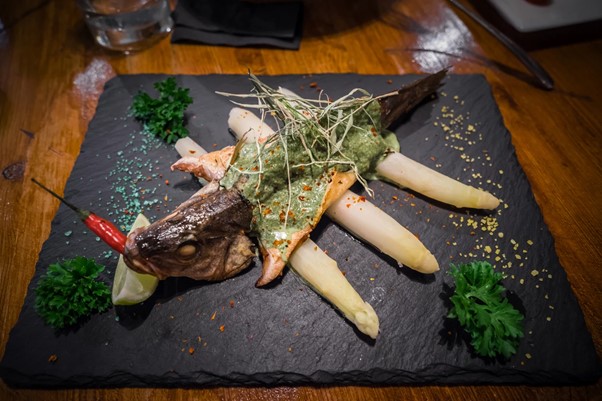
Maintaining excellence and creating delight, in fact, require hard work, planning, earnestness. Furthermore, beyond objective utility, our lives require many forms of meaning. Among those, we count some form of theatre. What better stage, for our comedy of manners, than grand dining halls of Edwardian splendour and style?
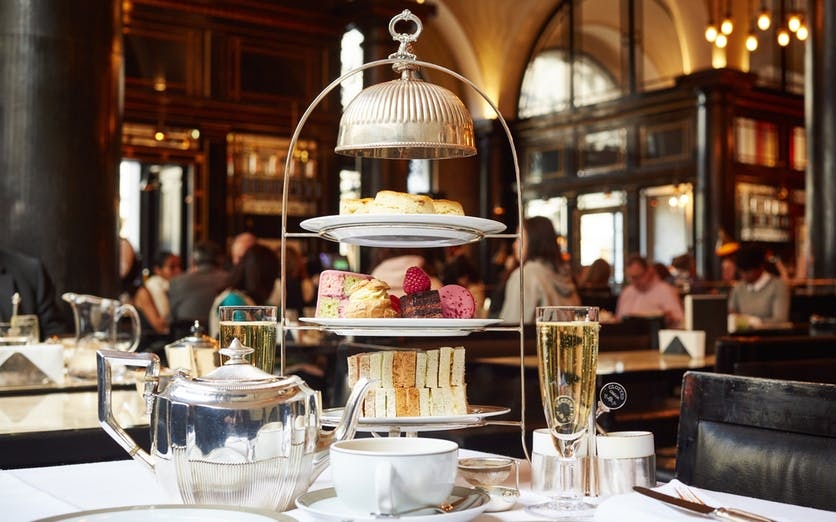
This is what doing something right, with care, looks like
Some will protest that beauty and civility are all very well, but should there not be some room for spontaneity? Yes, of course. There is a glowing place, in our lives, for cheap, cold beer drunk straight from the bottle on a hot summer night in the middle of nowhere; for eating tacos with our hands, while standing, the juices running down our wrists, content with the company, the moment and the sheer flavour.
But, equally, we shall find time for the swish of silk against crisp tablecloths, the accidental clink of silver against crystal, the starched perfection of white tie and midnight champagne and “sir” and “madam”.
We like both, we want both, we need both
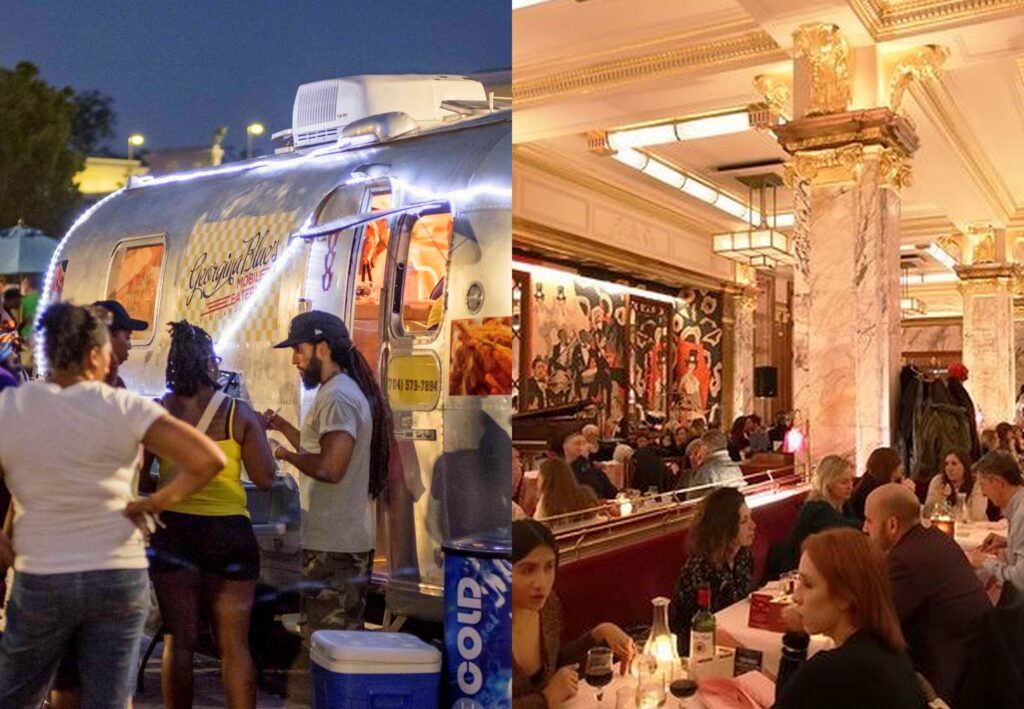
It is only in the half-formed mind of adolescents that the energy and sex of rock-n-roll are incompatible with the majesty and emotion of Bach. Celebrate white tablecloths, flattering lighting, marble halls, zinc bars, people (any people) in evening dress and the glow of elegance. We have nothing to lose but our ennui.
Pingback: Once more unto the bars, dear friends… – Wonderland City